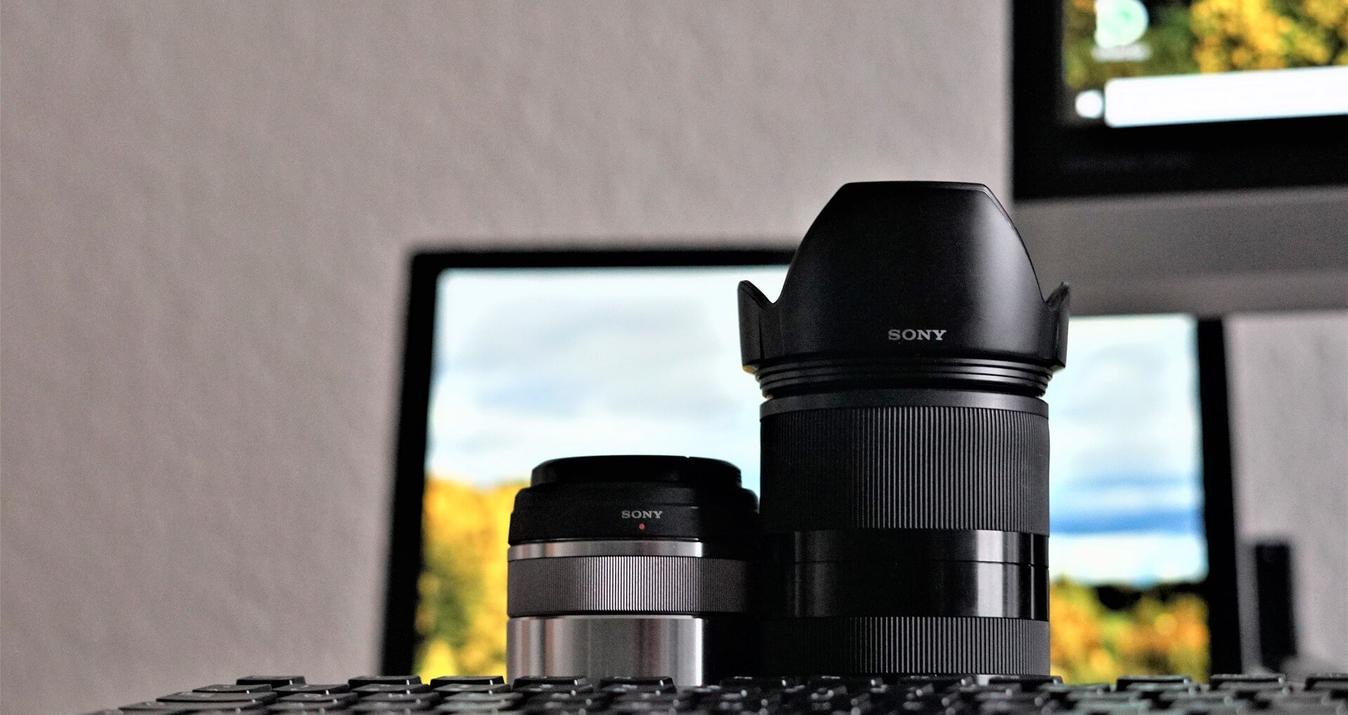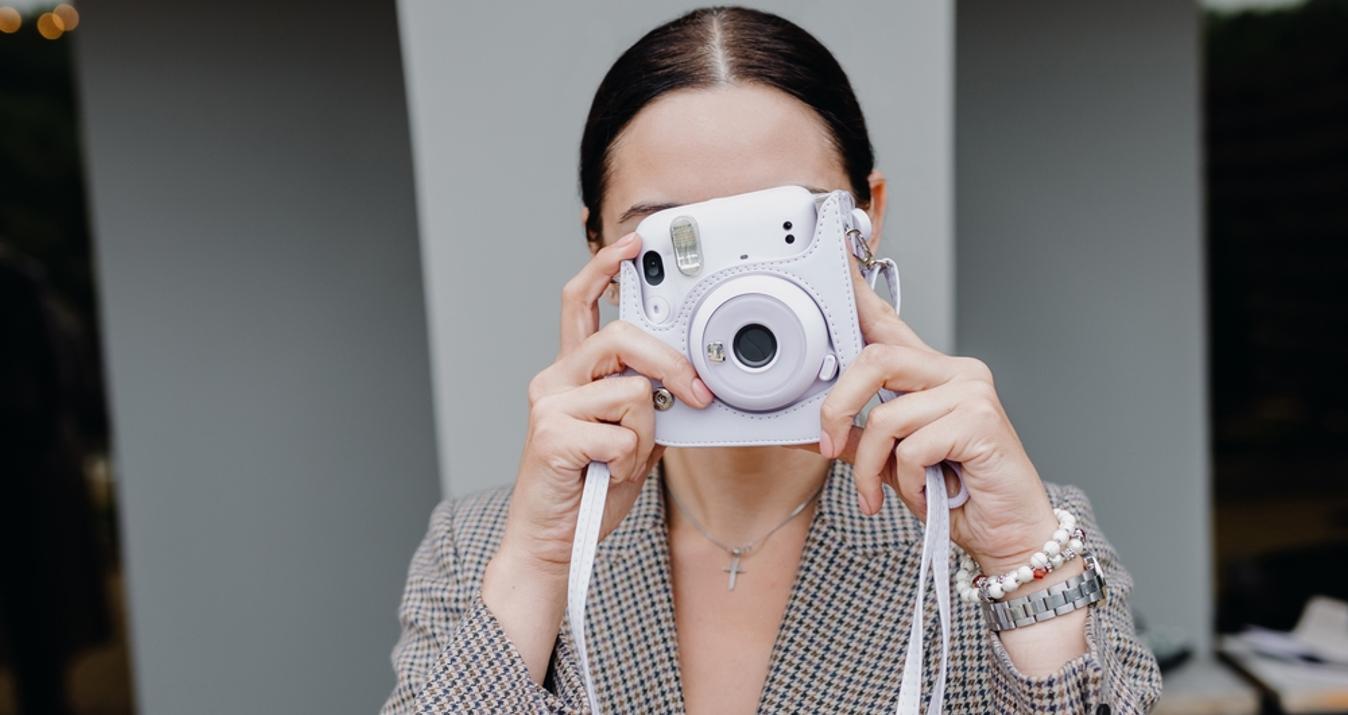Sunset photography can be more challenging than you think. Here are some important tips and tricks you may not have thought of.
Sunset is one of the most beautiful times of the day, yet capturing it in a quality image can be trickier than it seems. Not only are there a few tricks to getting the exposure right, but composition and set up can also make a world of difference.
 Photo credit Serge Ramelli
Photo credit Serge Ramelli
Dialing in the Exposure
If you’ve ever tried capturing an amazing sunset with your DSLR on auto or phone, you’ve probably noticed that the photo didn’t quite come out as you saw it in real life. Most likely the sky turned out too bright. What happens is that the camera automatically exposes for the foreground, causing the sky to be over-exposed and therefore washed out. Luckily, there are a few things you can do to balance this out.
1. Underexpose the entire photo.
Slightly underexposing your entire shot will allow the sky to be properly exposed and allow the vibrancy of the colors to really pop out. The flip side, however, is that your foreground will be underexposed and become more of a silhouette. If silhouettes are what you’re going for, then this is an easy fix. (And let’s face it, silhouettes are quite lovely!)
You can underexpose your shot by shooting in manual mode and selecting a faster shutter speed, or by shooting in aperture priority mode and using exposure compensation (the button with the +/- on it).
2. Take multiple exposures and combine them (HDR).
The sensor of your camera can only see a fraction of what the human eye sees and exposes just for that fraction. As a result, the only way to get all of the information into one photo is to take multiple exposures of the same scene—usually one underexposed, one properly exposed, and one overexposed. This will allow all of the detail of the darker foreground to be captured in the overexposed shot and all the rich colors of the sky to be captured in the underexposed shot. The properly exposed shot provides the rest of the data. Together they come much closer to what your eye actually saw.
To use this method, you’ll need a tripod, a camera that has a bracketing mode (most modern DSLRs), and editing software capable of combining the exposures. (While both Photoshop and Lightroom come with HDR editing capacities, Skylum’s superb HDR editing software Aurora can take your HDR shots to the next level.)

3. Use a graduated neutral density filter.
A graduated neutral density filter is simply a piece of glass that has a gradient from dark to light on it. It’s by far the simplest way to darken the sky (bringing out the rich colors) while allowing you to properly expose the foreground. A neutral density of .6-to-clear with a two-stop differential will generally yield the perfect bright-sky-to-dark foreground compensation you need to get everything exposed perfectly in one shot.
Of course, if you happen to find yourself with just your phone or your camera on auto while the most amazing sunset is unfolding before your eyes, don’t worry. Take the shot and fix the exposure later with Luminar’s Top and Bottom Lighting filter.
 photo credit Teryani RIggs
photo credit Teryani RIggs
Composition
While getting the right exposure will go a long way towards capturing the colors and details you see with the naked eye, how you compose the scene can make a huge difference in the overall quality of your photo.
For best results, find something interesting to place in the foreground, something that will add depth and context to the scene. It could be a set of rocks, a pier, a cityscape, a couple walking on the beach—just about anything. Also, avoid placing the horizon line in the middle of the image. A good rule of thumb is to place the horizon either on the bottom third (if the sunset is stellar) or on the top third (if the sunset is not so compelling or if your foreground is the point of focus).
 photo credit Tommy Schultz
photo credit Tommy Schultz
Other tips:
- Change the white balance to shade. That will help bring out the golden tones and deepen the colors of the sunset.
- To get the starburst effect, stop down to a smaller aperture (i.e. f/22) as the sun nears the horizon.
- Don’t use a polarizer or UV filter for sunset photography. The extra glass will cut the contrast and richness of the colors.
- Shoot in RAW. That way, when you get to the post-processing phase in your raw converter, all the information of the photo will be available.
- Set your ISO to your camera’s native ISO. If you don’t know what that is, 100 is a good default.
 photo credit Teryani Riggs
photo credit Teryani Riggs














